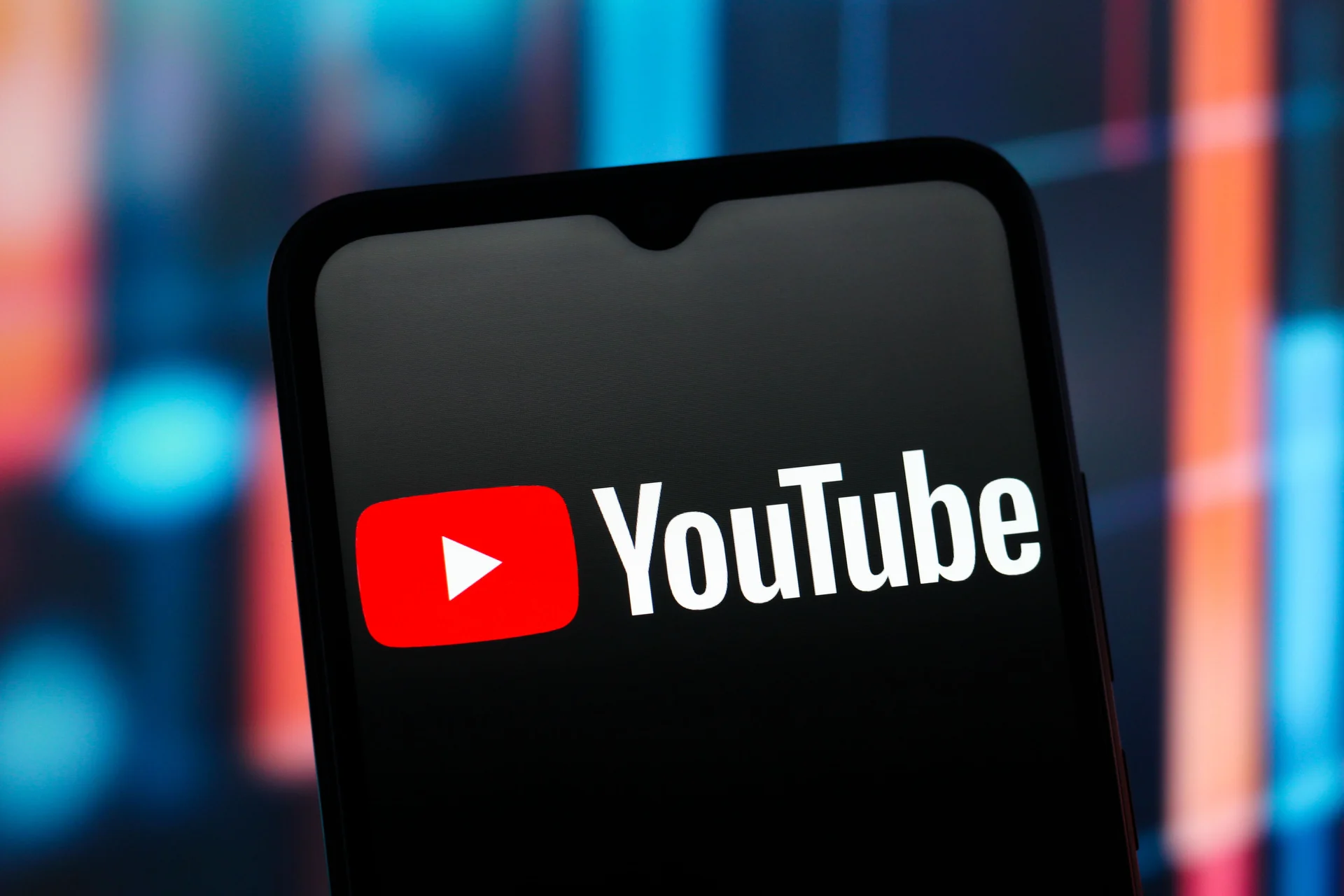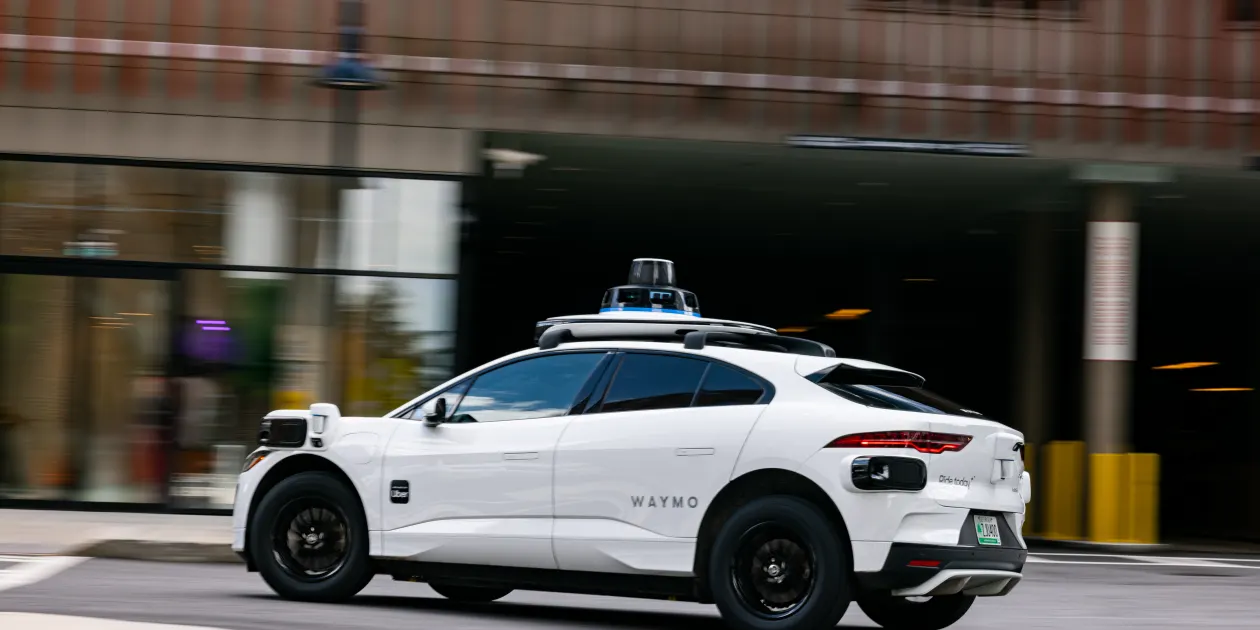YouTube Tightens Monetization Rules to Curb ‘Mass‑Produced’ and Repetitive AI‑Driven Videos
YouTube is updating its Partner Program policies on July 15 to better define and block monetization for mass‑produced or repetitive content—especially the growing wave of AI‑generated 'slop'—while affirming support for authentic, creative use of AI.
YouTube is rolling out a refined update to its monetization policy on July 15 , aimed at strengthening enforcement around “inauthentic” content—specifically, mass‑produced, repetitive, and low‑effort AI‑generated videos , sometimes called “AI slop. ” The move comes amid rising concerns about the flood of soulless, templated content clogging recommendation feeds. Policy Clarification, Not Reinvention YouTube’s policy update isn’t turning the ship—it’s fine‑tuning.
The platform already required content to be original and authentic to qualify for monetization under the YouTube Partner Program (YPP). With this update, however, YouTube aims to more clearly flag “mass‑produced and repetitious content” when assessing monetization eligibility :[oaicite:1]{index=1}. Why Now? The Rise of AI Slop The rapid spread of generative‑AI tools has made it trivial to create bulk videos—AI‑voice narrations over stock footage, clip mashups, fake commentary, and similar.
Many of these channels thrive on quantity, not creativity, harvesting views without delivering value :[oaicite:2]{index=2}. Creators React with Relief—and Caution Popular formats like reaction videos and edited clips aren’t the targets—according to YouTube’s head of creator liaison Rene Ritchie, this is not a ban , but an enforcement clarification meant to stop blatant spam and non‑transformative reuse :[oaicite:3]{index=3}. Still, vague definitions mean some creators may get flagged unexpectedly.
What Counts as “Mass‑Produced”? Based on policy excerpts and commentary, YouTube will flag content that: - Uses AI-generated narration or visuals with no human-owned editing or insight - Uploads near‑identical or templated videos in bulk - Compiles third‑party clips without adding meaningful commentary, editing, or context The Broader Impact This update signals a turning point: platforms are transitioning from “permit AI” to “prioritize creativity and value. ” For YouTube, combating AI‑fueled spam is crucial to preserve viewer trust, ad revenue, and creator motivation :[oaicite:5]{index=5}. Bottom Line Starting July 15, monetization will be stricter for channels pushing AI‑driven filler content.
Creators still using AI tools creatively—adding real voice‑overs, commentary, editing, or story—should be fine. But those relying on automated bulk uploads might soon find their revenue halted.
9th July 2025



